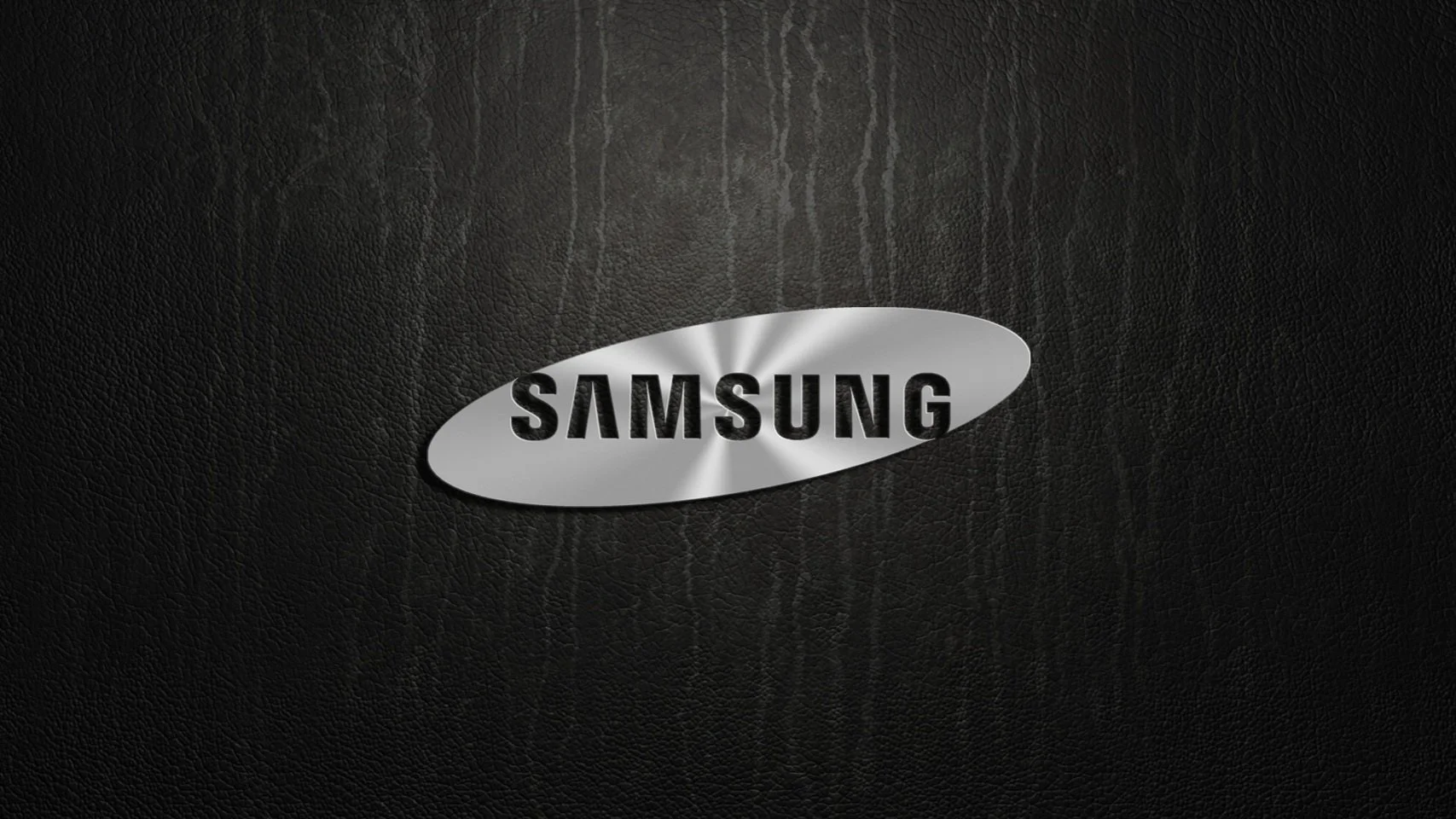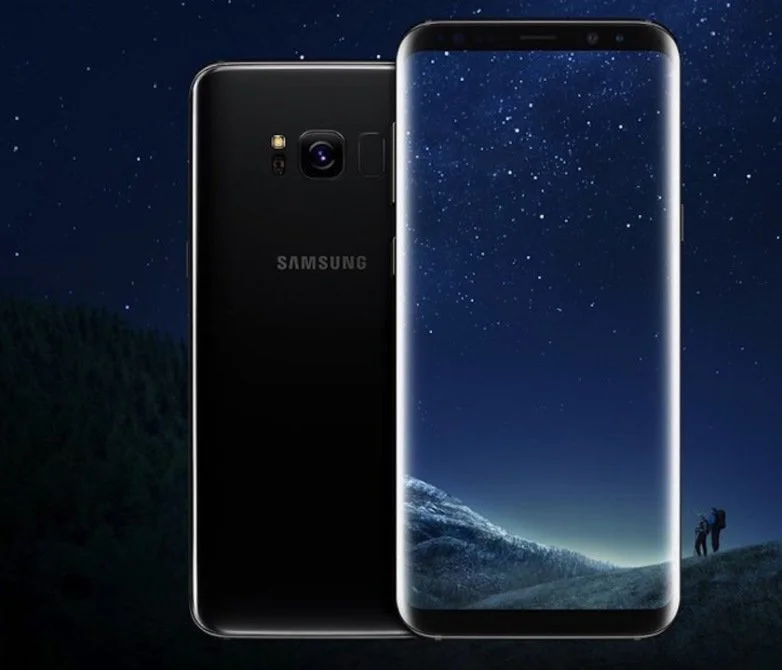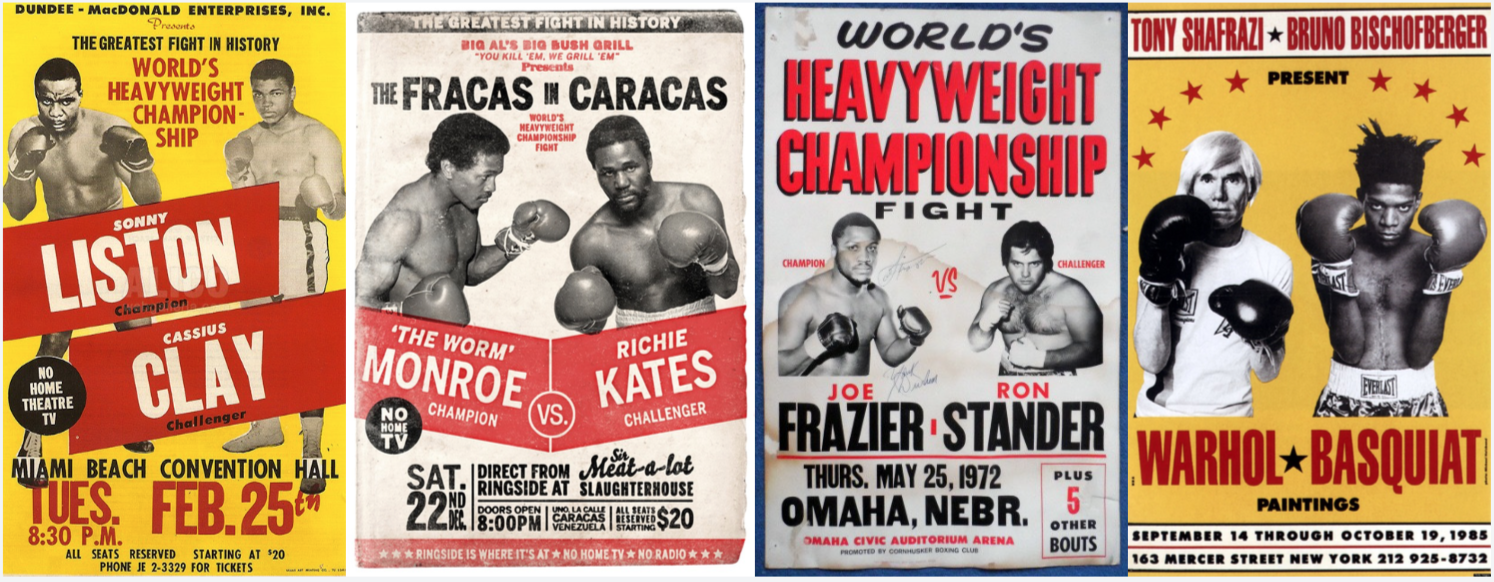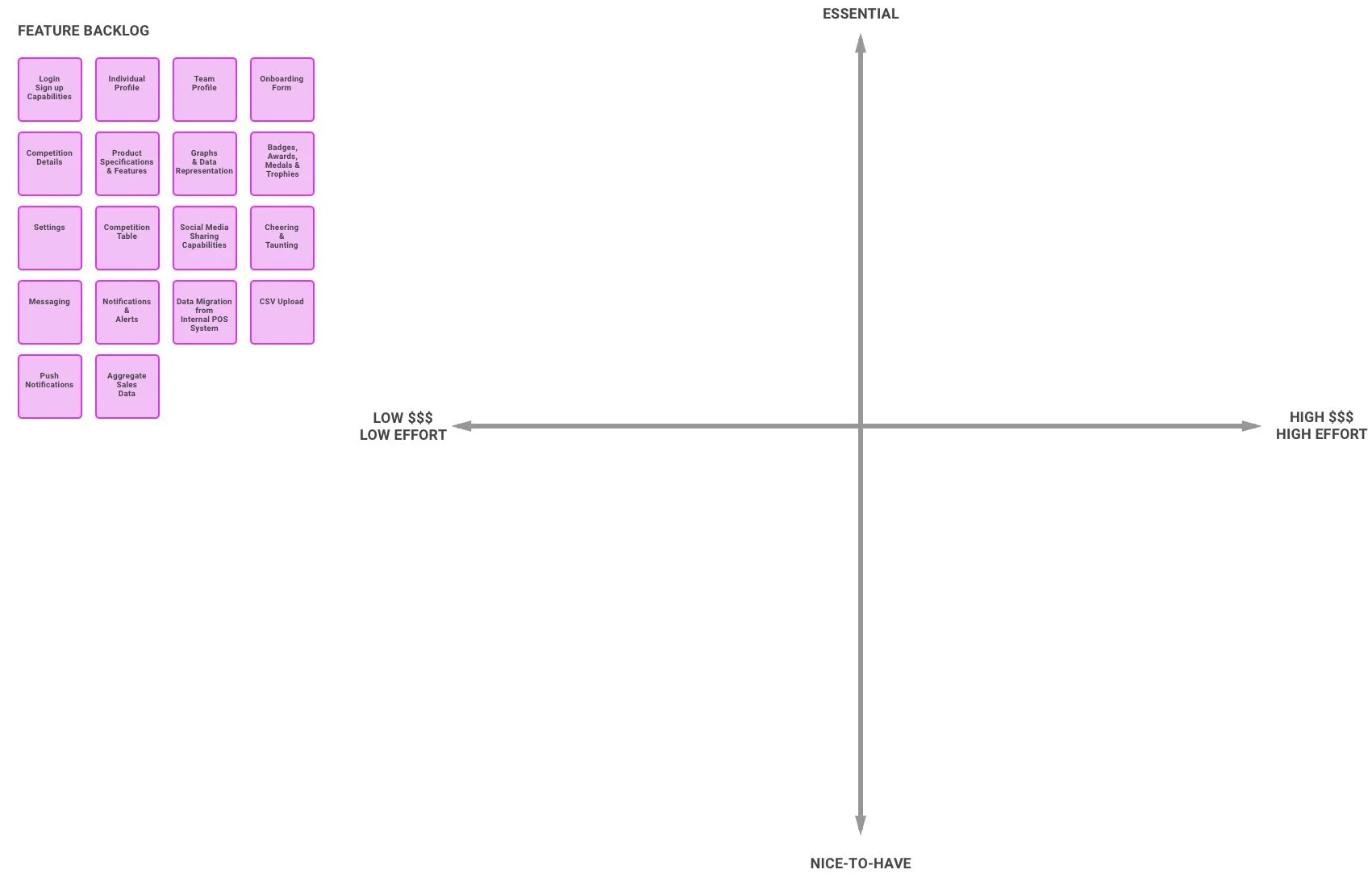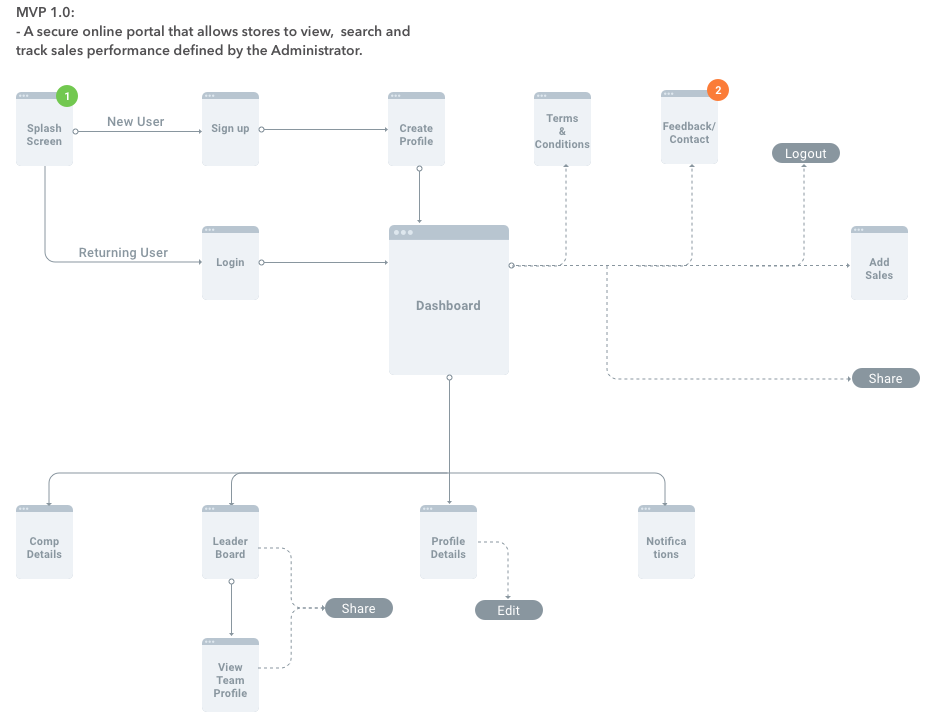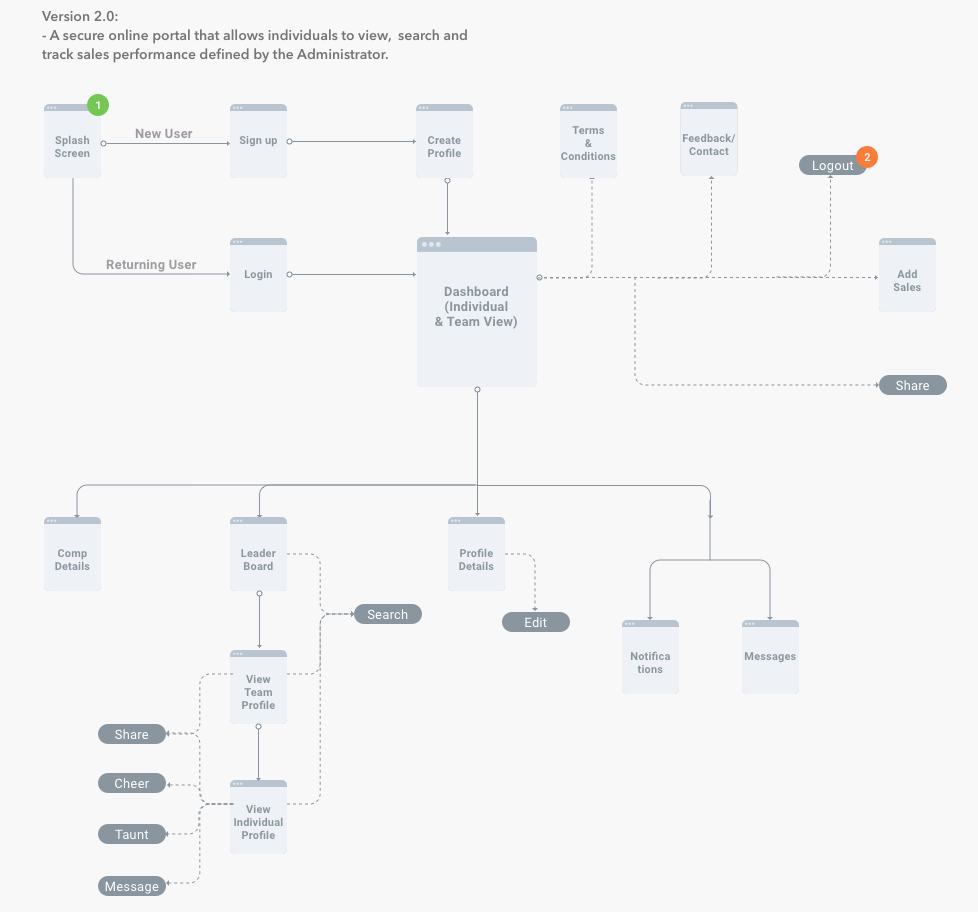
INCENTIVISING TASKS
Retail Workplace Sales Initiative
Consumer
|
Retail
|
Research
|
Strategy
|
Design
|
UX
|
IA
|
Ideation
|
Prototype
|
Proof of Concept
|
Mobile App
|
Website
|
Consumer | Retail | Research | Strategy | Design | UX | IA | Ideation | Prototype | Proof of Concept | Mobile App | Website |
With ever-growing demand for the latest tech, innovators must have a comprehensive strategy to keep an edge over competitors. We turned mundane tasks into daily motivations using a gamified approach to sell more products.
Harnessing the nature of workplace competition can be an effective strategy for organisations to boost employee engagement and motivation.
By introducing various incentivisation techniques and leveraging digital products, companies can create an environment that encourages employees to complete their ordinary daily tasks with increased enthusiasm and productivity.
These techniques included; a deeper understanding of their performance, rewards for top performers, setting achievable targets and providing recognition for outstanding work.
Digital products, such as gamified productivity apps or collaborative platforms, can further amplify success by enhancing communication, fostering a sense of community and streamlining workflow processes.
Employers who embrace these approaches can unlock the true potential of their workforce, leading to higher levels of employee engagement, improved task completion rates, and overall organisational success.
Engagement Details
-
Despite what we may perceive, Apple isn’t the first, nor the largest producer of mobile devices globally. How is this so? And more importantly, what can be done to ingeniously strengthen brand resonance outside of just selling technology?
Apple didn't actually invent the first smartphone. It was IBM who created the "Simon" in 1992, the first smartphone that people could buy. The term "smartphone" only came up in 1995 with Ericsson's GS 88 "Penelope."So why do people think Apple started it all? Apple's strong brand appeal made people believe they changed history. They had sleek minimalist designs and user-friendly features that captivated consumers. Regardless, Apple's impact on the mobile tech industry has been huge. Each new iPhone pushes boundaries and introduces innovative features, setting the standard for others to follow. While IBM initiated the smartphone revolution, it was Apple's visionary approach that made it mainstream. Their commitment to excellence, brand identity and cutting-edge design has shaped how we communicate and experience the world around us.
With Apple strong brand representation, competitors needed a resounding digital strategy for sales and success. In a fast-changing market, newcomers had to innovate and personalise experiences to attract customers. By leveraging digital platforms effectively, they could establish themselves as serious contenders.
THE CHALLENGE
In 2018, new mobile products like the iPhone and Pixel were coming out. Had we reached peak mobile or were there still new things to discover?
Despite a trend of mobile devices and brand loyalty, our client sought opportunities to win over new users. Their product had exciting new features and hardware upgrades. Our opportunity was to help our client build a platform that would not be limited to only the release but to pave a path for future digital activities and help them continue to lead market share in sales, whilst minimising costs.
BUSINESS GOALS
Strengthen brand identity
Improve brand resonance in the market
Increase revenue
Create frontline advocates reducing the overall cost of marketing campaigns
USER GOALS
Engage in an exciting workplace
Track sales performances (individual, team & retailer levels)
Meet and exceed targets
Equip themselves with detailed product knowledge
Collect rewards and win incredible prizes
HOW MIGHT WE…
Disrupt & act differently?
Motivate & make this something bigger?
Promote & drive engagement?
Convert & create advocates?
-
Get retail store staff from select franchises to learn about and passionately advocate the particular mobile device, and the emotional benefit of the new and improved features by incentivising them to participate in a fun, simple and competitive promotional mechanic.
We decided to host a competition between retailers and their employees to see who could sell the most devices. This encouraged friendly rivalry and required staff members to learn about the many features of the new technology. By learning about it, they had a better chance of winning. Participants could also compete for prizes and awards, which added excitement as they carefully tracked their performance against others.THE IDEA
Create a website/app that used our knowledge of retail promotions and the competitive nature of salespeople to boost sales of the products we intended to sell.
It needed to work with all the products available and give salespeople access to the latest tech specs. By adding a gamified aspect, we motivated salespeople to outperform each other. Recognising and rewarding the top performers which inspired others to step up more. We also needed a secure portal to protect sales data and keep scalability in mind for future product expansion.
-
We created a Proof of Concept to improve our client's sales promotion strategy for their tech products and help them increase their market share…Retailers could capitalise on increased sales, higher-performing teams and motivating workplace cultures.
Employees could become more engaged and well-versed in the tech specs of new technology.
Customers could be provided detailed information from knowledgeable service staff and unlock maximum value from new devices.
By incorporating Design Thinking techniques, we designed a user-centric product that fulfilled experience desirability, business viability and technical feasibility, where all people and businesses involved could benefit. Getting the heavy-lifting UX done from the outset, determined the value of the product accommodating for future scalability.
-
User ResearchTo create a meaningful product, it was vital to dispel some myths and validate whether or not there was an appetite from retailers in the process. We tested our assumptions surrounding our target audience's sentiments and behaviours. This meant speaking to a broad cross-section of user archetypes implicated, considering how the product affected the workplace culture. Through lean research, we learned about the attitudes, motivations and any reservations that emerged about the initiative.
STORE MANAGER
"I think it’s pretty important that the information should be very secure. I don’t want just anyone being able to access our sales information."RETAIL SALESPERSON
"Me and a few of my mates already do this. It’s a cool idea. I’d probably be more interested if I knew that I could win something."GENERAL MANAGER
"I really don’t want this interfering and focusing the shift onto winning prizes rather then serving customers… I wouldn’t think that our customer’s would be too impressed either if they saw the staff on their phones."ADMINISTRATOR
"It would be great if the App or Website could integrate with and migrate data directly from the POS system. That way I wouldn’t have to upload all the information manually or have to chase up the stores to send the data through. Especially, if I have to do this for all the stores across Australia and for different retailers."Information Architecture
Workshopping - A meeting of the minds…Affinity mapping and feature prioritising with a mix of users and stakeholders, allowed us to understand mental models of how users organised information. This would gauge the clustering of category headings and what would be included as an MSCW prioritised list in the MVP release or on the product roadmap for future exploration.
Mapping & Flows
Lo-Fidelity designs and prototypes were created to display functionality and document the explorable options for maximum efficiency and lean testing purposes.










